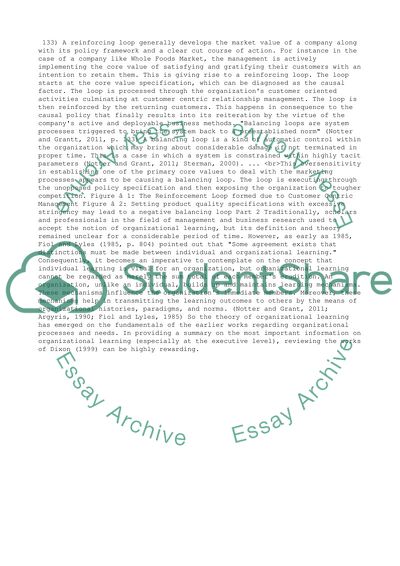Cite this document
(“CASE5 599 Coursework Example | Topics and Well Written Essays - 1250 words”, n.d.)
CASE5 599 Coursework Example | Topics and Well Written Essays - 1250 words. Retrieved from https://studentshare.org/business/1466500-case5-599
CASE5 599 Coursework Example | Topics and Well Written Essays - 1250 words. Retrieved from https://studentshare.org/business/1466500-case5-599
(CASE5 599 Coursework Example | Topics and Well Written Essays - 1250 Words)
CASE5 599 Coursework Example | Topics and Well Written Essays - 1250 Words. https://studentshare.org/business/1466500-case5-599.
CASE5 599 Coursework Example | Topics and Well Written Essays - 1250 Words. https://studentshare.org/business/1466500-case5-599.
“CASE5 599 Coursework Example | Topics and Well Written Essays - 1250 Words”, n.d. https://studentshare.org/business/1466500-case5-599.


